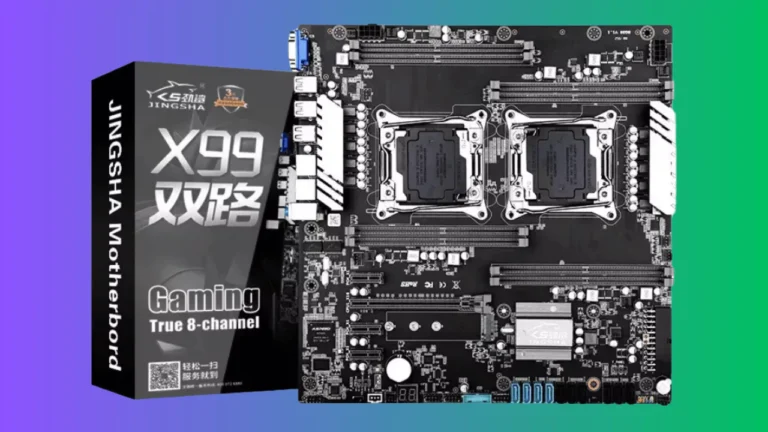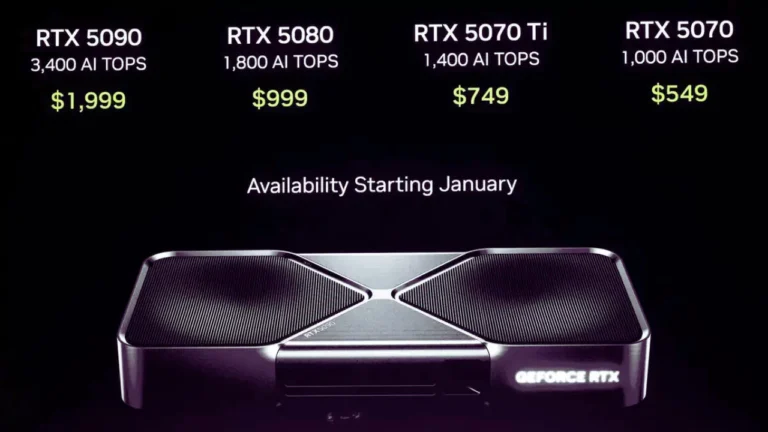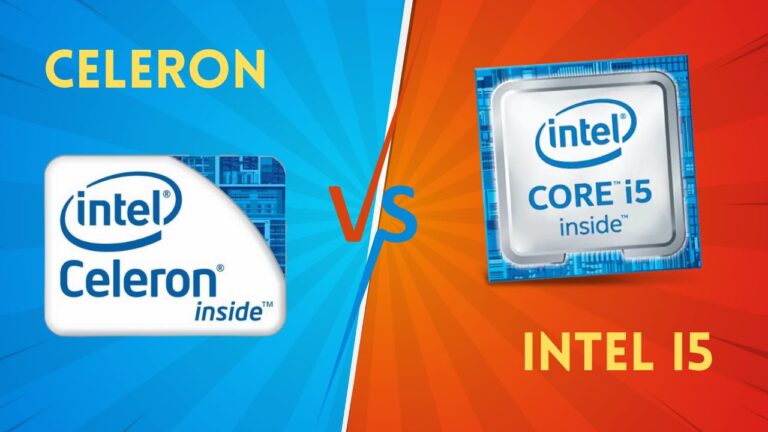There are several varieties of computer cases/cabinets readily available on the market, each with its own assortment of options and price ranges. When it comes to cases/PC towers for our personal computers, size matters. Their size impacts the ability to install critical components like video cards, RAM, hard drives, and sophisticated customized cooling systems.
Larger cases can hold larger motherboards, as well as additional components such as disc drives and graphics cards, as well as more powerful cooling systems.
Personal computer cases are often classified not only by orientation (e.g., tower, desktop) and form factor (e.g., ATX, mini-ATX), but also by application type (e.g. gaming, office). Server cases, on the other hand, are labeled with the number of rack units they will occupy (e.g. 2U, 4U).
I will discuss the many computer case types and their distinct qualities so that you may select the best case for your PC.
What is a Computer/PC Case?
Computer cases, often known as PC towers and Computer towers, are a prominent component of modern computers. Its purpose is to act as a protection framework for the remaining interior components while they are being built.
There are several sorts of cases. Each of them is distinguished by its shape and size. This is because the motherboard’s form factor must be compatible with the tower’s in order to fit precisely.
And, undoubtedly, one of the most important components of any PC chassis is the cooling system. There ought to be ample room inside for air circulation and the massive radiators required by a powerful PC.
It must be realized that a PC case is a necessary element for shielding internal hardware from external effects.
Along with qualities, it is vital to emphasize their size and execution style, which can be vertical or horizontal. The computer case sizes and models available on the market are as follows.
What Are PC Case Types?
Here I will talk about 4 Different Types of Computer Cases/Towers for your PC or Computer
- Mini Tower
- Mid Tower
- Full tower
- HTPC and SFF
Mini Tower
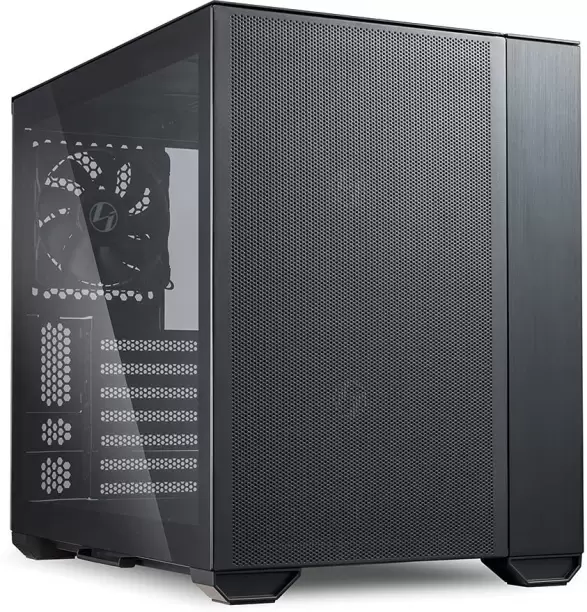
These computer cases are created to take up such little physical space as possible while yet allowing for the installation of decent-sized graphics cards. The usual mini-tower measures 30 – 45 cm tall and 15 – 25 cm wide (they can sometimes be smaller).
Because their thermal enclosures are not the greatest on the market, you should install low-consumption components instead of high-consumption ones.
The Mini Tower casing is the smallest and least popular among computer manufacturers and suppliers due to its restricted space, which prevents the building of a more or less productive computer, and insufficient ventilation. A tiny body also limits the variety of attachments available.
In these computer cases, you can only install a microATX motherboard and a low-power supply. Mini Tower computers are often provided in their most basic form for use as back-office machines or network terminals.
Mini Towers are an increasingly popular alternative for typical home PCs since they are both affordable and powerful enough for standard video games. Given its restricted size and growth possibilities, their potential applications are relatively limited.
However, due to the limited area within, only a skilled or experienced person can arrange everything in its proper spot during assembly.
Mid Tower
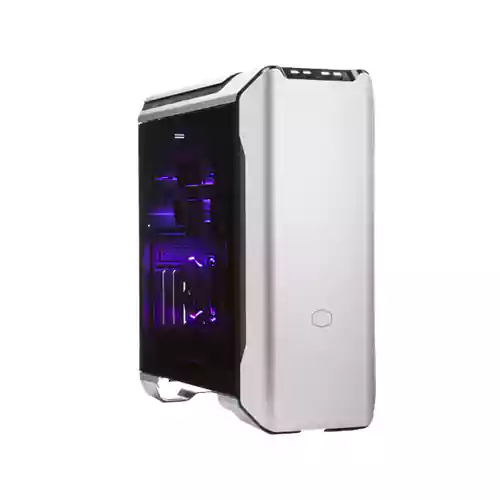
The most common and extensively used computer case format is mid-tower or ATX, which allows you to connect numerous discs and practically all types of motherboards with appropriate overall dimensions. The typical full tower measures 35-55 cm tall and 15- 25 cm wide.
There is additional space within the mid-tower case for mounting full-size equipment, such as most additional video cards over 300 mm long, and this case is ideal for employing 120, 140, or even 200 mm fans to improve air cooling.
Mid Tower is most likely the best choice if you want to create a typical gaming PC rather than a hardcore gaming PC. This case is approximately 31 cm long, allowing for the installation of a full-size video card and two to three expansion slots.
Furthermore, the Mid Tower’s components will receive appropriate cool airflow. Even under the most strenuous situations, the video card and CPU temperatures will never surpass 70-80 degrees Celsius if fans are used properly (and dust is removed on a regular basis).
You may design a productive PC with a sound ventilation system using these sorts of computer cases. It is regarded as a universal solution for desktop users since it can be configured in a variety of ways, including a low-power business computer, a home media center, and a gaming computer.
This category contains formats made for the tiny ITX standard as well as those designed for the micro ATX standard. As a result, this category includes all tiny computer cases, including several cube-shaped chassis or HTPC-oriented models.
Full tower
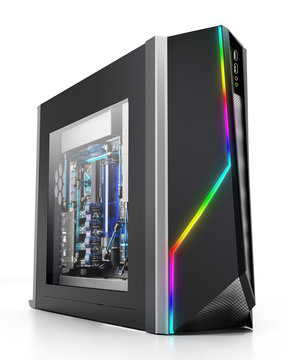
A Full Tower case is used to house an E-ATX or CEB motherboard. This is highly crucial for high-performance servers that can employ many components of different sizes of motherboards, from high-end pricey to low-cost, including RAM, ROM, and other storage units, all at the same time.
The total height and width of the tower are 55-75 cm and 22-32 cm, respectively. It can accommodate 4 to 9 5.25-inch bays (for additional optical drive). Allows the installation of up to seven expansion cards, such as a sound card or a receiver.
This sort of computer case is the right size and weight for the job, and it generally has good internal cooling. Of course, their costs are quite expensive. That is why enthusiasts, admins, and dedicated streaming players have traditionally used complete Tower cases.
If you wish to create your own demanding, powerful gaming PC and use three monitors to play in 4K simultaneously then such a case will supply the essential room for your future PC.
Such a case allows you to design a customized cooling system with 230mm fans and provides greater cooling for two high-end graphics cards, several RAM bars, and a processor such as the Intel Core i9-9900K.
Purchasing a Full Tower is worthwhile if you require a big number of components or a high number of airflows to cool the powerful CPUs and GPUs.
One significant disadvantage of having a Full Tower is that it takes up a lot of room and is difficult to conceal. However, if you have enough free space, Full Tower may be the ideal option for your PC.
HTPC and SFF
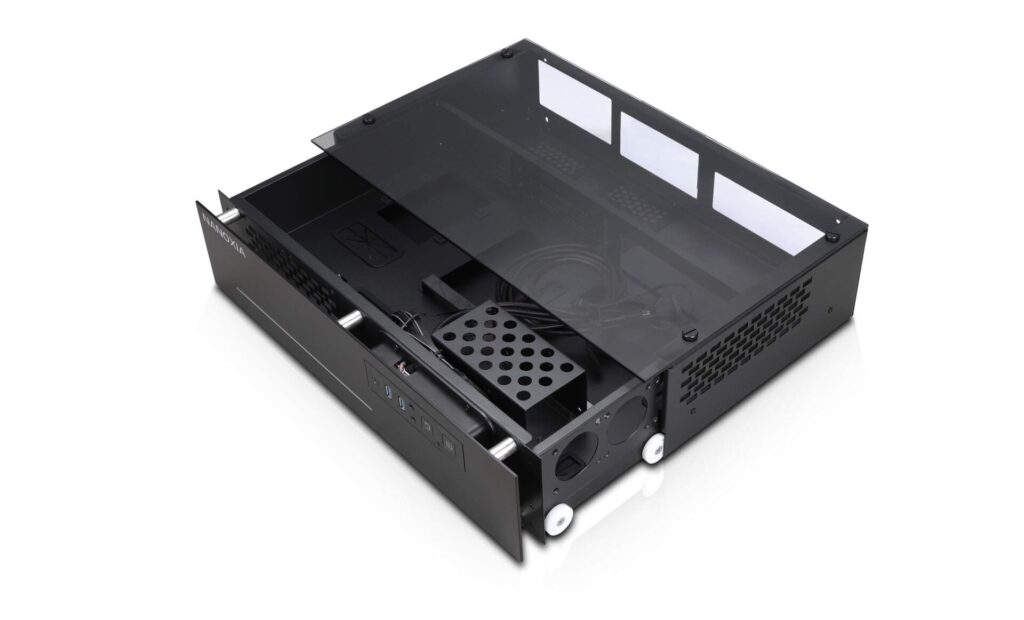
SFF refers to ‘Small Form Factor’ while HTPC is for ‘Home Theater PC.’ These cases were once regarded as quite specialized, but they have gained appeal in recent years due to the shrinking of powerful components that may fit within them.
HTPC is the ideal machine for your home multimedia pleasure. You may put it beneath the TV table or hang it on the wall. And the computer power is more than sufficient to play music and video in any current format.
SFF takes up minimal room. They might be a good alternative to laptops due to their tiny size and lightweight. Some SFFs come with handles or customized bags to make transportation simpler. Furthermore, the SFF has a considerable benefit over a laptop in that it has more power at a lower cost.
Many SFFs have motherboards with cooling solutions that differ from those available in other types of computer cases.
This is because the video and sound on such motherboards are built-in, resulting in extremely small amounts of heat being generated. As a result, they don’t require a lot of cooling. This layout also minimizes the size.
SFF enclosures with Mini-ITX motherboards are ideal for those who work or play in small places. These are designed specifically for compact living rooms and workplaces. It will also be easier to maintain and enhance such a PC than a laptop with a mobility function. One disadvantage is that they are frequently limited to only one CD drive.
Comparison of Different Computer Case Sizes
Mini Tower
Size
The mini tower is significantly smaller than the full and mid towers.
Length in Inches
The mini tower measures 12 – 18 inches tall and 6 -10 inches wide.
Motherboard
It is mostly compatible with Micro-ATX and Mini-ATX motherboards.
Uses
A mini tower case is ideal for basic functions including online surfing, web-based application access, audio/video playing, and document processing.
Drawback
There are restrictions on additional cards and RAM and ROM slots.
Cost
Low-cost and inexpensive.
Mid Tower
Size
It is the most frequent size for most desktop users.
Length in Inches
The mid-tower is 15 to 22 inches tall and 6 to 10 inches wide.
Motherboard
Mini-ITX, MicroATX, ATX, E-ATX, and M-ATX motherboards are all supported by the mid-tower.
Uses
It may be the ideal option for casual users as well as regular gamers. The best option for inexperienced desktop users.
Drawback
If you attempt to fit more graphics cards inside the tower, cooling becomes a problem, and there isn’t much room for a customized cooling water system.
Cost
Available in the mid to low price range.
Full Tower
Size
The full tower is the greatest size available to PC users among all computer cases.
Length in Inches
The full tower is 22 – 30 inches tall and 9 -13 inches wide.
Motherboard
ATX, Extended ATX, Micro ATX, Micro-ATX, XL-ATX, Mini ITX, and SSI EEB motherboards are all supported by the full tower.
Uses
The full tower is great for professional and dedicated gamers who want to update their PC later since it has more slots and room for optical bays, ventilation units, and so on.
Drawback
The enormous size and weight, takes up a lot of space and is difficult to hide and carry.
Cost
Extremely Expensive.
SFF/HTPC
Size
In comparison to other computer cases, SFF and HTPC are quite tiny and light.
Length in Inches
The HTPC and SFF are 10 – 14 inches’ height and 5 – 8 inches wide.
Motherboard
Micro-ATX and Mini-ITX motherboards are supported by HTPC and SFF.
Uses
It is best used as a home media center, streaming videos and audio through a connected TV or monitor.
Drawback
Modifying it to your wants/needs might be time-consuming. Upscaling is also a problem.
Cost
Depending on your requirements, it might be expensive or affordable.
My Opinion
In my opinion, purchasing a Full Tower is worthwhile if you require a big number of components or a high number of airflows to cool the powerful CPUs and GPUs. However, if you are interested in SFF cases, SFF cases with Mini-ITX motherboards are ideal for those who work or play in small places. These are designed specifically for compact living rooms and workplaces. It will also be easier to maintain and enhance such a PC than a laptop with a mobility function.
Conclusion
Now you are well familiar with the types of PC cases, the four varieties of PC cases are as follows: full-tower, mid-tower, mini-tower, HTPC, and SFF. You can purchase any of these products based on your demands and budget. Unfortunately, there are no defined specs to speak of, since differences abound from maker to manufacturer, and sometimes the option just comes down to which computer case is the greatest match.
Frequently Asked Questions: What Are PC Case Types?
What size PC case should I get?
Only the computer case that fully meets your requirements should be purchased. Before purchasing the case, consider the size of the case in relation to the available space at your job or at home, as well as the internal components that you want to install within the case.
What is the best pc case for gaming?
The full tower computer case is of reasonable size and weight, and it often has greater internal cooling. Naturally, their prices are a touch high. As a result, Full Tower cases have always been ideal for gamers and enthusiasts that like gaming and internet streaming.
What is the purpose of the computer case?
Computer cases, often known as PC towers and Computer towers, are a visible component of modern computers. It is used to shield the remainder of the internal components such as the motherboard, RAM, hard drive, cooling fans, and other expansion cards from external effects.
What kind of PC case do I have?
Full-tower, mid-tower, mini-tower, and SFF are the four categories of computer case sizes (Small Factor Form). You must first measure the size of the case to determine the sort of computer case you have. However, the Mid-tower is the most common and extensively used computer case, accommodating practically all types of motherboards with acceptable overall dimensions.


